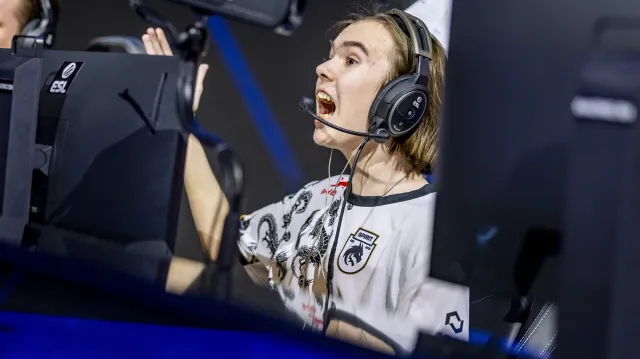Beginning from 2025, the number of teams participating in the Counter-Strike Majors will increase from 24 to 32. To cater for this growth, an additional Swiss Stage will be added. As we edge closer to the BLAST Austin Major, other modifications are also being introduced. Here are all the details you need.

Summarizing the New CS2 Major Format
This is the first modification to the Counter-Strike Majors format since 2018. The event will grow to host 32 teams instead of 24, adjusting how teams qualify for this key esports event. The basic Swiss format remains, but an extra stage will be introduced to accommodate the additional eight teams.
This implies that some teams will receive a straight invite to the Major according to their Valve Regional Standing position, while others will have to compete in the new corresponding RMR events to earn a spot.
Each Swiss Stage at the Major will continue to feature 16 teams. The top-ranking teams will be directly admitted to the second and third stages. These admission are decided upon the regions’ performance at the previous Major, and so is the regional positioning distribution.
In the run-up to the BLAST Austin Major, the regional distribution of these invitations are as follows:
- Stage 1, the opening stage, will host six European, six American, and four APAC teams, all of whom earned their spots through Major Regional Qualifier events.
- Eight teams will be directly invited to Stage 2 based on their VRS standings: Europe (four teams at VRS #7-10) and the Americas (four teams at VRS #2-5) will initiate their Major campaign at this stage.
- Stage 3, the final Swiss Stage, will feature the highest ranking teams of Europe (VRS #1-6), the Americas (VRS #1)), and APAC (VRS #1). These teams will get a direct invitation, bypassing two whole stages at the event.
- The final eight teams with a three-win record in the final Swiss Stage will proceed to the Major playoffs, as always.
The Swiss Stages construct remains the same, with a total of five rounds. Teams will aim to secure a 3-2 record, starting with best-of-ones and then progressing to best-of-threes in all decisive matches.
Major Regional Qualifiers—a Revised Route to the Major
A new format for Major qualifying events—previously the RMR or Regional Major Ranking events—has been introduced by Valve. The key change is that the supplemental rulebook now permits these events to take place online, potentially resolving ping issues. In all other aspects, these events are similar to what we’ve seen previously. Teams that qualify through this route will begin their campaign at the earliest phase of the Major.
Europe will have 16 teams contesting in a Swiss Stage bracket, of which five will directly qualify for the Major. Three more teams will progress to the Play-In Stage, from which only one team will qualify. The setup is the same for the Americas. The APAC qualifiers will form two GSL-style groups, with the group winners qualifying directly, and the second- and third-place teams playing a decider series for the final two places.
Invitations to the MRQ events will also be awarded based on VRS standings, and the regional spot distribution may shift based on future Major performances.